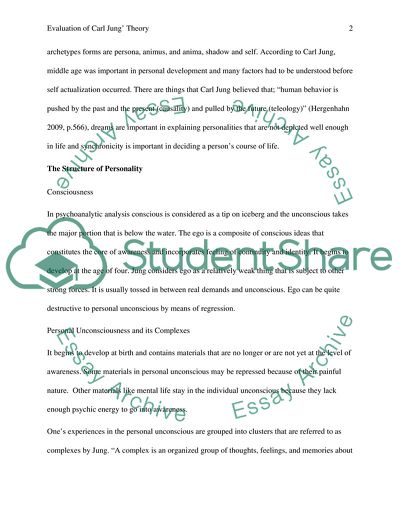Cite this document
(“The Development of Personality Term Paper Example | Topics and Well Written Essays - 2500 words”, n.d.)
The Development of Personality Term Paper Example | Topics and Well Written Essays - 2500 words. Retrieved from https://studentshare.org/education/1743676-describe-and-evaluate-carl-jungs-theory-concerning-personality-types-and-show-how-they-might-usefully-help-a-therapist-to-determine-therapeutic-goals
The Development of Personality Term Paper Example | Topics and Well Written Essays - 2500 words. Retrieved from https://studentshare.org/education/1743676-describe-and-evaluate-carl-jungs-theory-concerning-personality-types-and-show-how-they-might-usefully-help-a-therapist-to-determine-therapeutic-goals
(The Development of Personality Term Paper Example | Topics and Well Written Essays - 2500 Words)
The Development of Personality Term Paper Example | Topics and Well Written Essays - 2500 Words. https://studentshare.org/education/1743676-describe-and-evaluate-carl-jungs-theory-concerning-personality-types-and-show-how-they-might-usefully-help-a-therapist-to-determine-therapeutic-goals.
The Development of Personality Term Paper Example | Topics and Well Written Essays - 2500 Words. https://studentshare.org/education/1743676-describe-and-evaluate-carl-jungs-theory-concerning-personality-types-and-show-how-they-might-usefully-help-a-therapist-to-determine-therapeutic-goals.
“The Development of Personality Term Paper Example | Topics and Well Written Essays - 2500 Words”, n.d. https://studentshare.org/education/1743676-describe-and-evaluate-carl-jungs-theory-concerning-personality-types-and-show-how-they-might-usefully-help-a-therapist-to-determine-therapeutic-goals.


